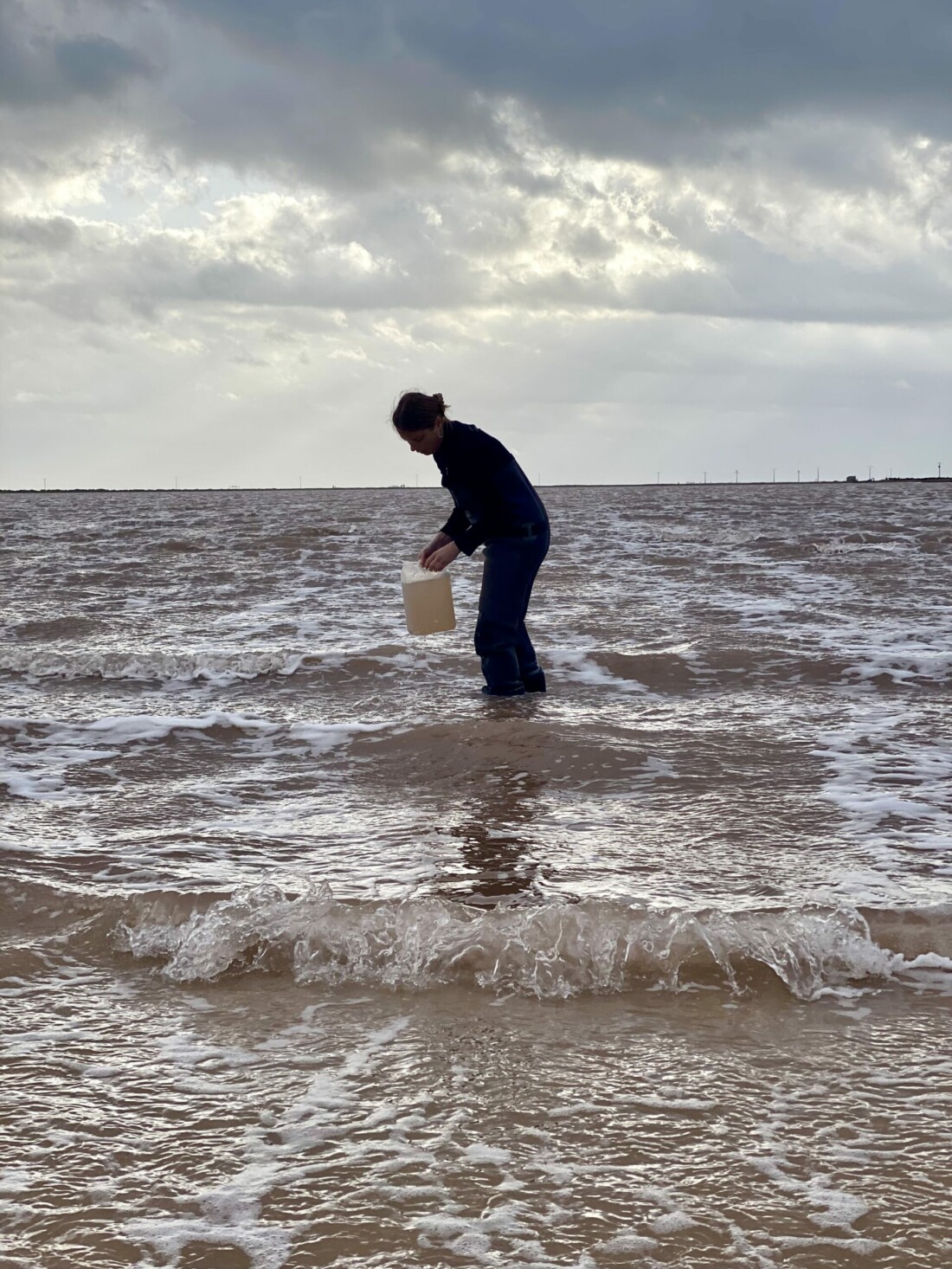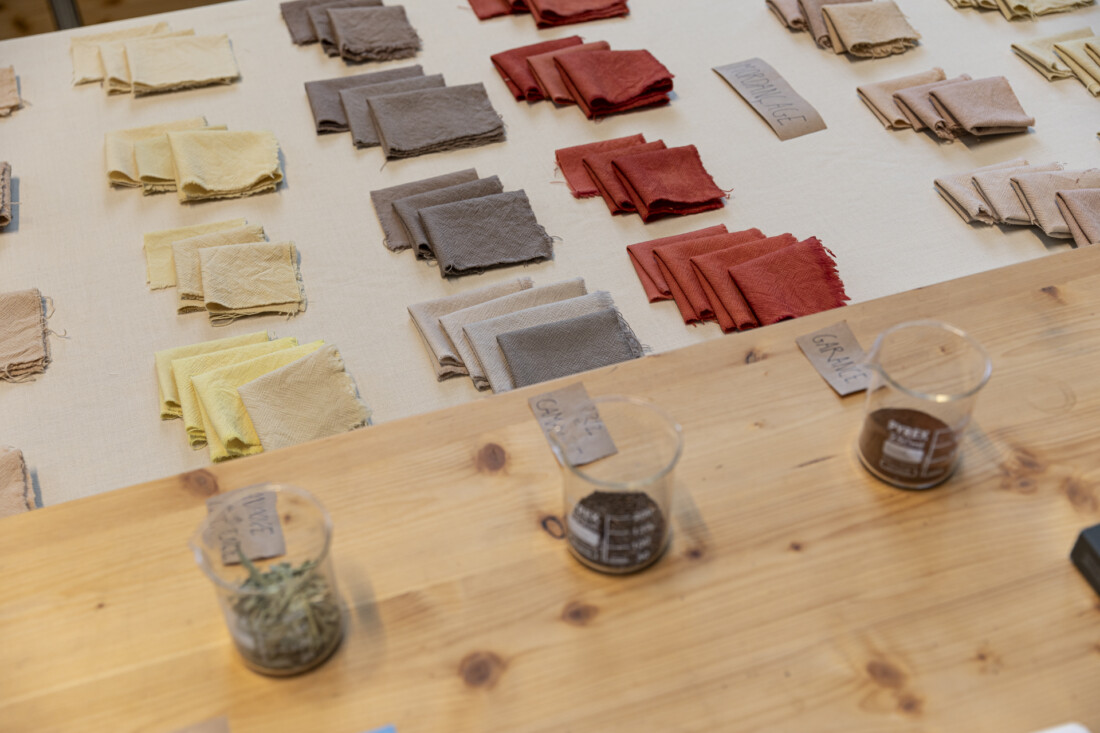Methodology
The project is structured around three methodological pillars:
-
Experimental Protocol:
• Development of a resource-efficient dyeing protocol
• Enhances the influence of water on the final color
• This protocol was systematically applied to sixteen distinct water sampling sites -
Local Resources:
• Use of four plants native to the region — madder, Camargue black rice, grape seeds, and Provence reed
• Use of Arles merino wool as the textile medium
• Anchoring the approach in locally available materials -
Comparative Analysis:
• Design of an observation and analysis methodology
• Study of chromatic variations
• Enabling the identification of


